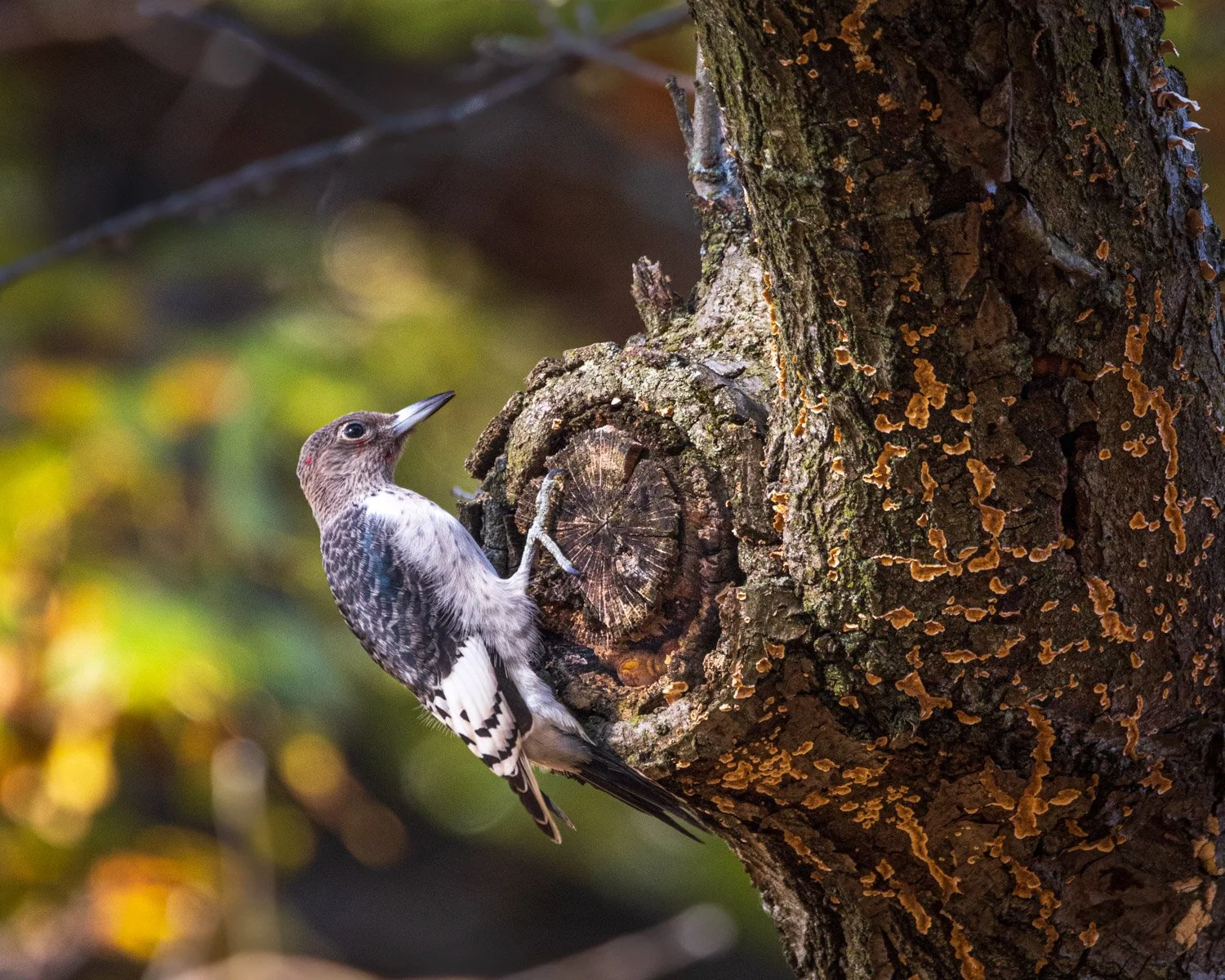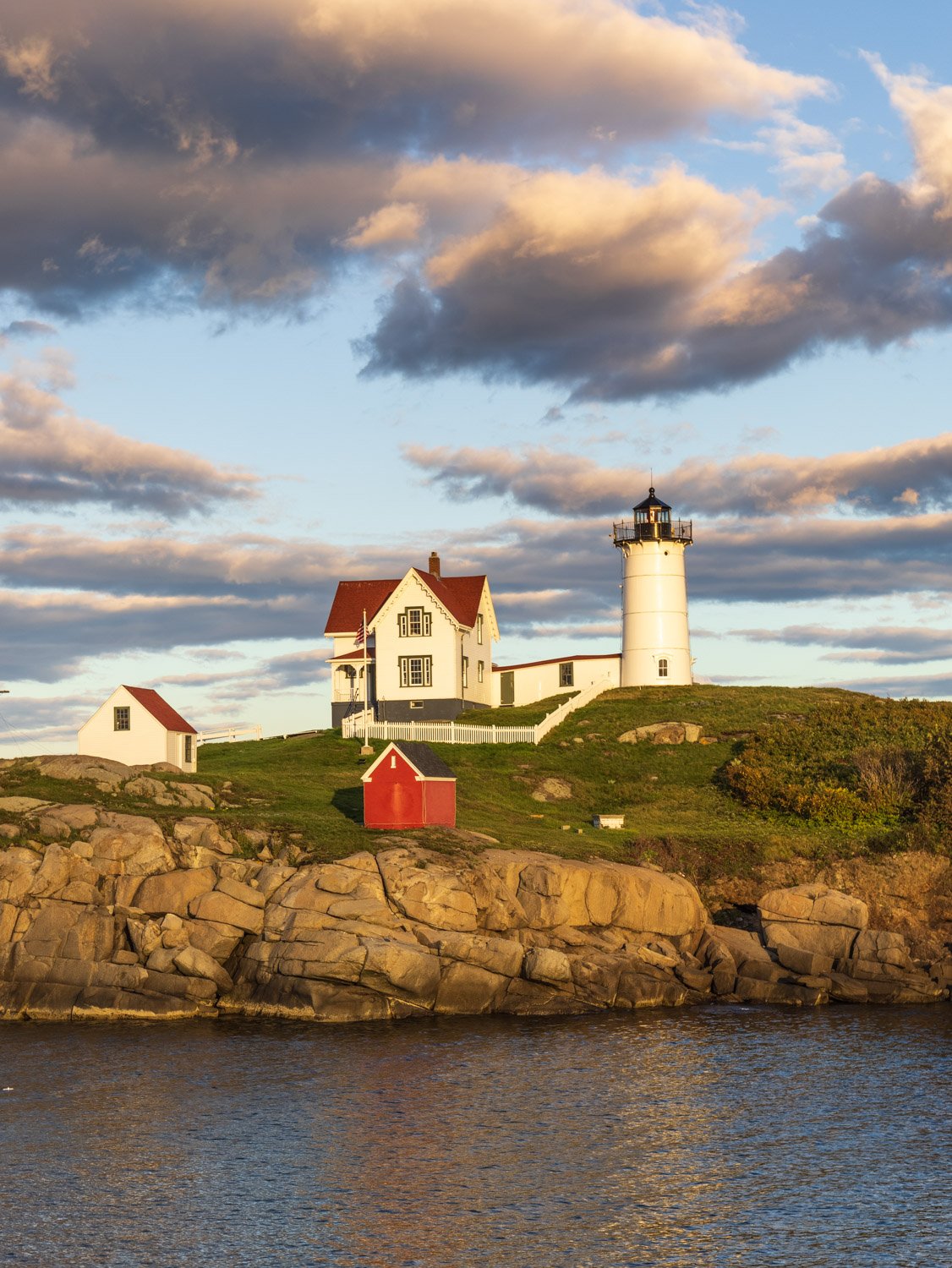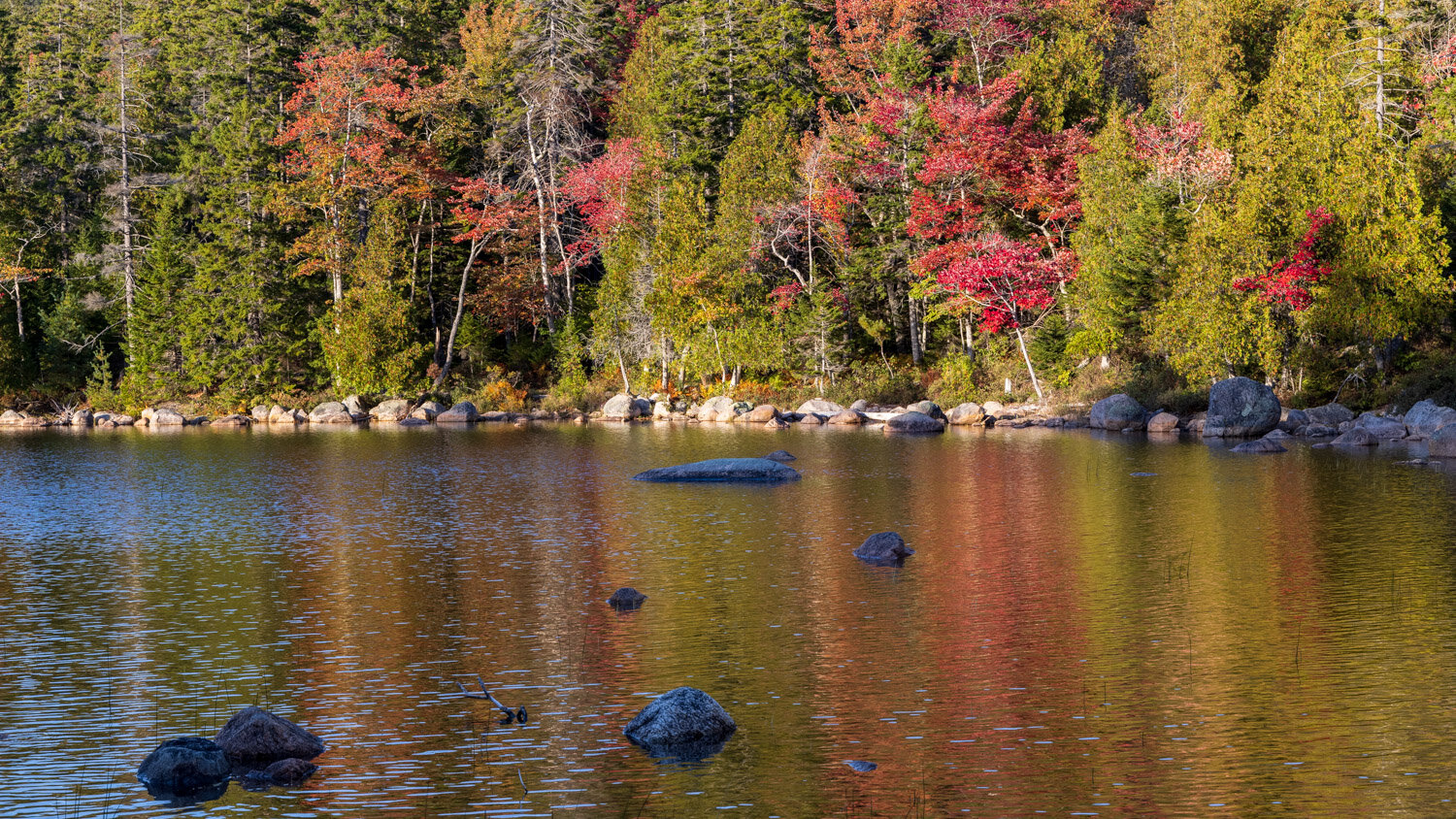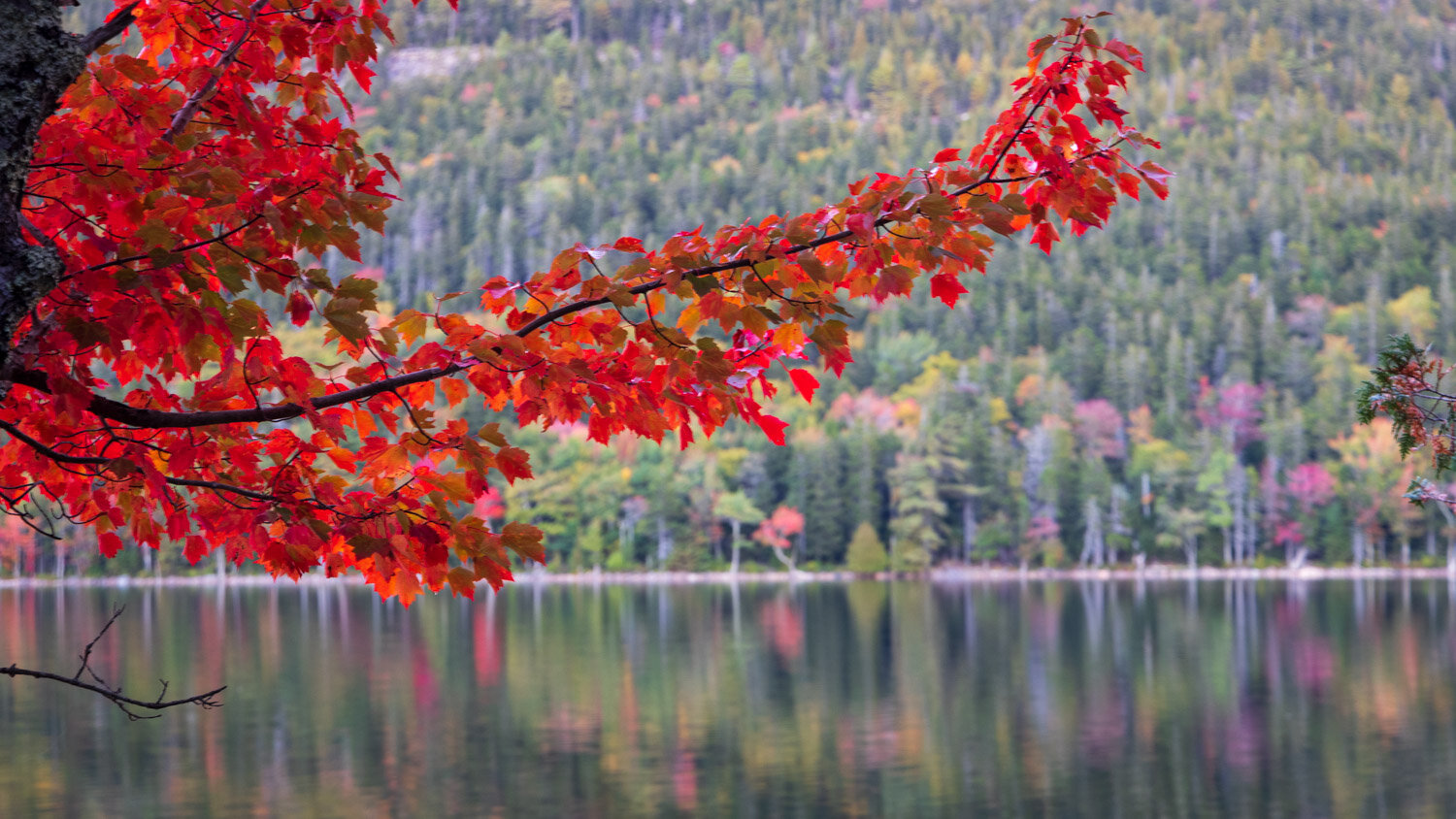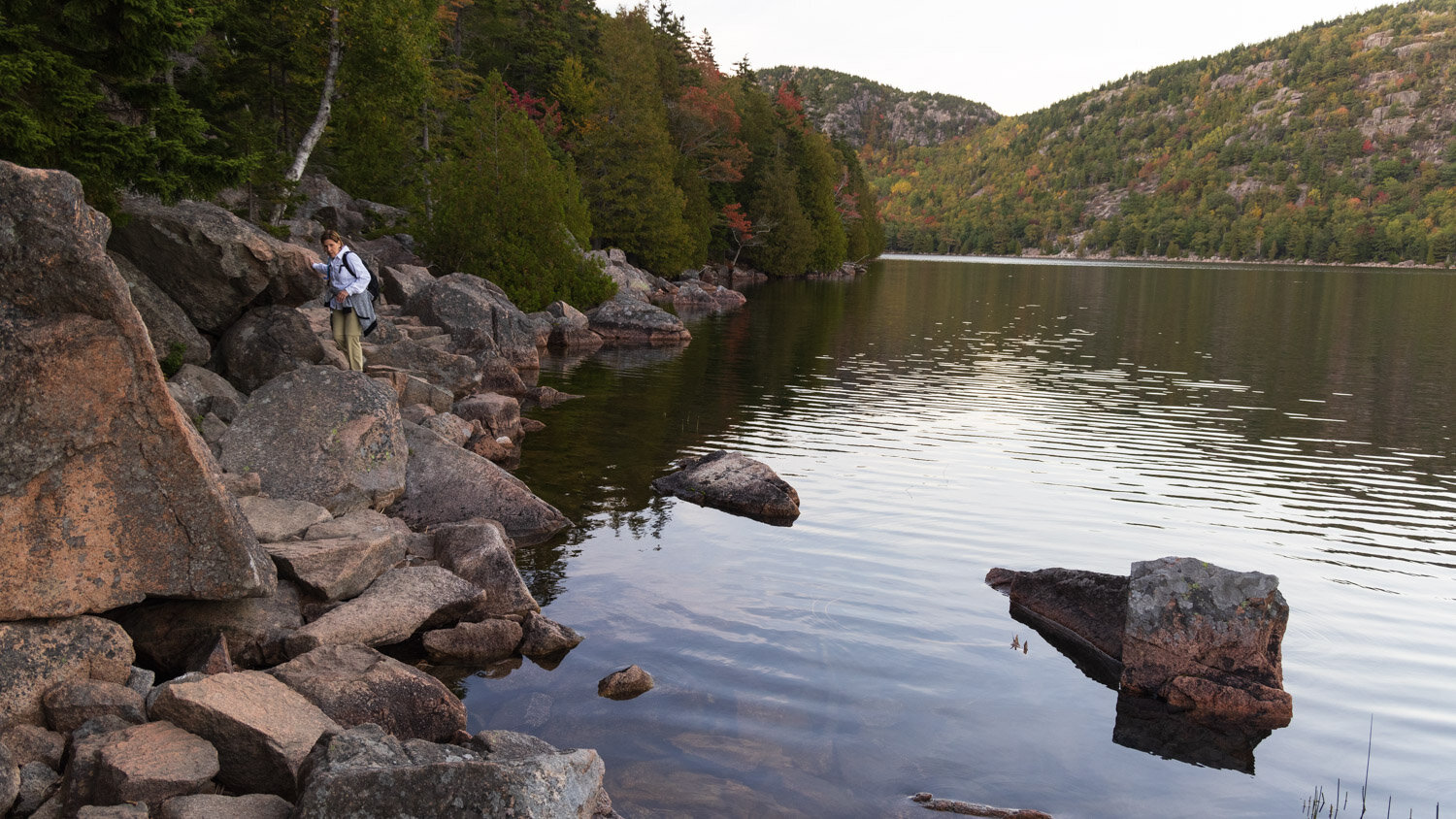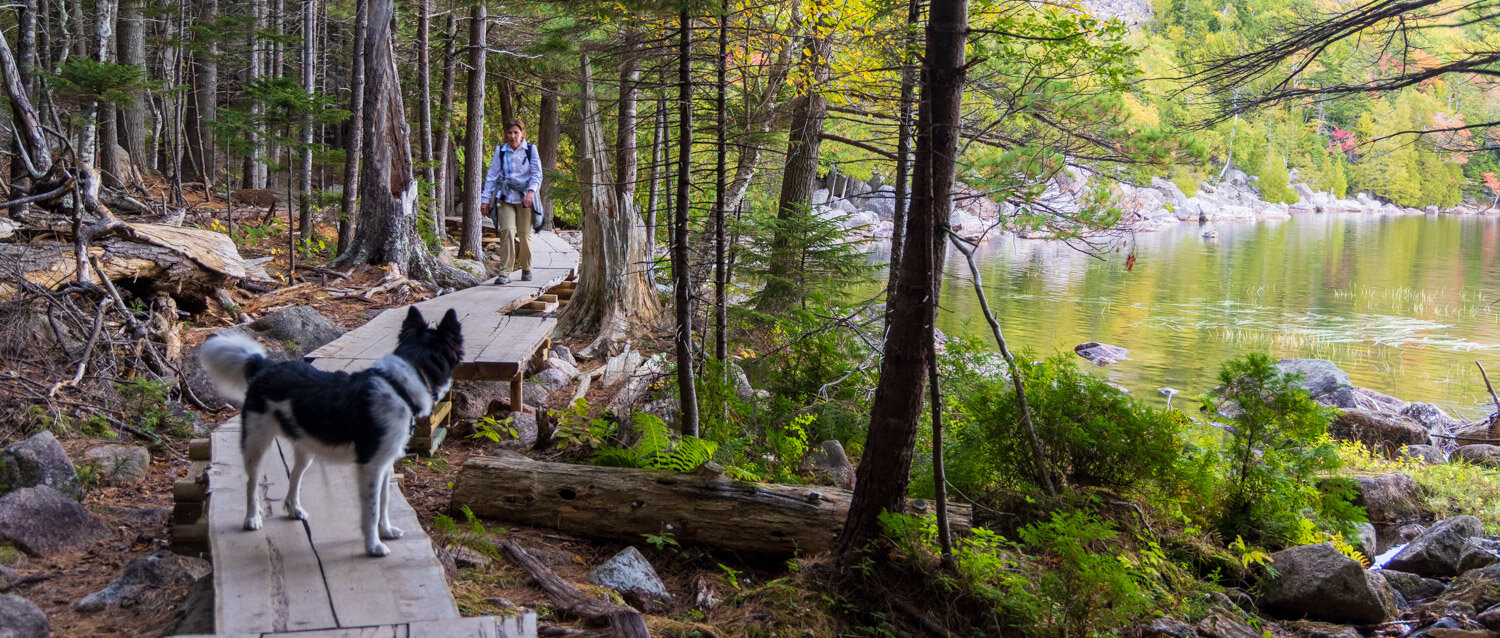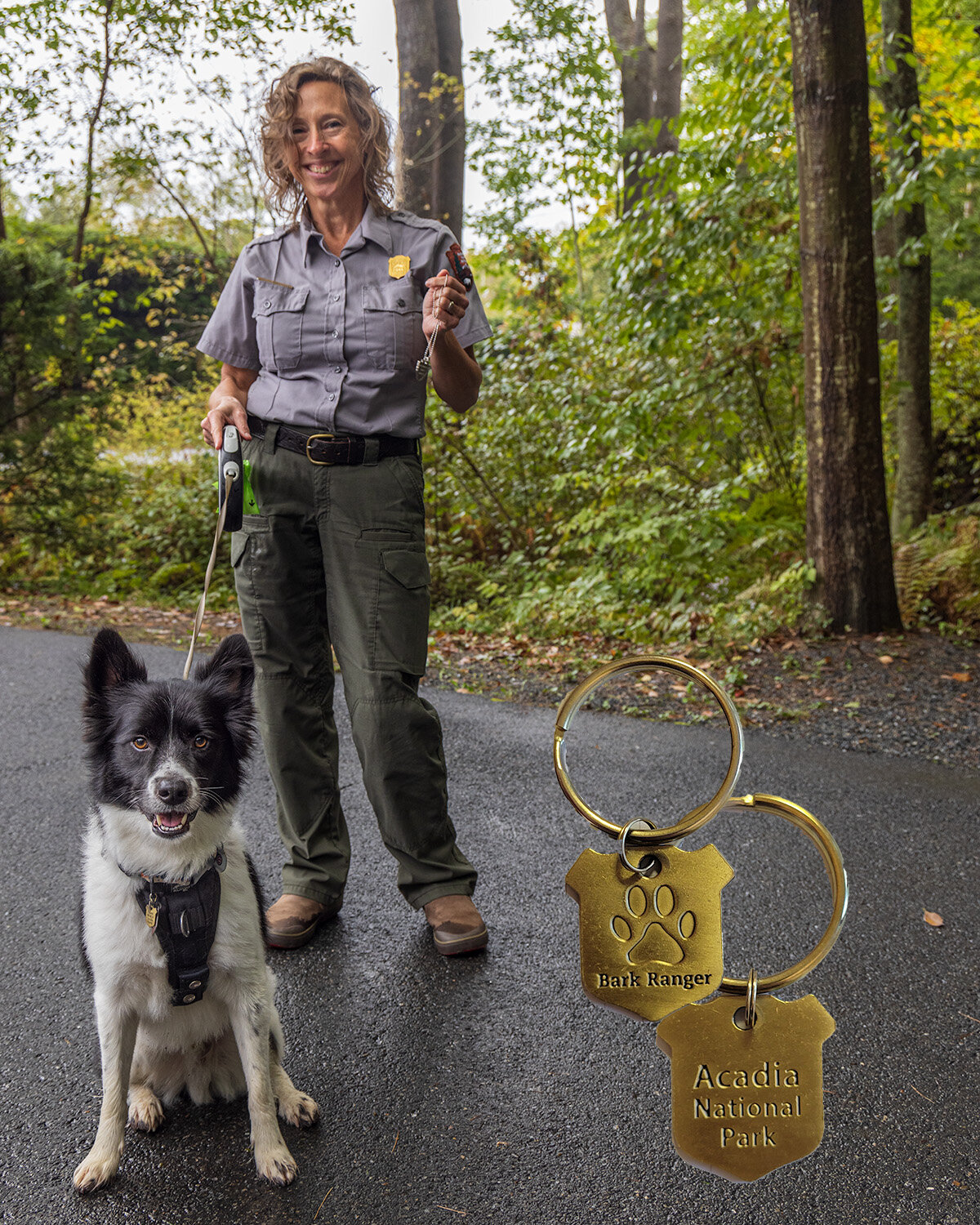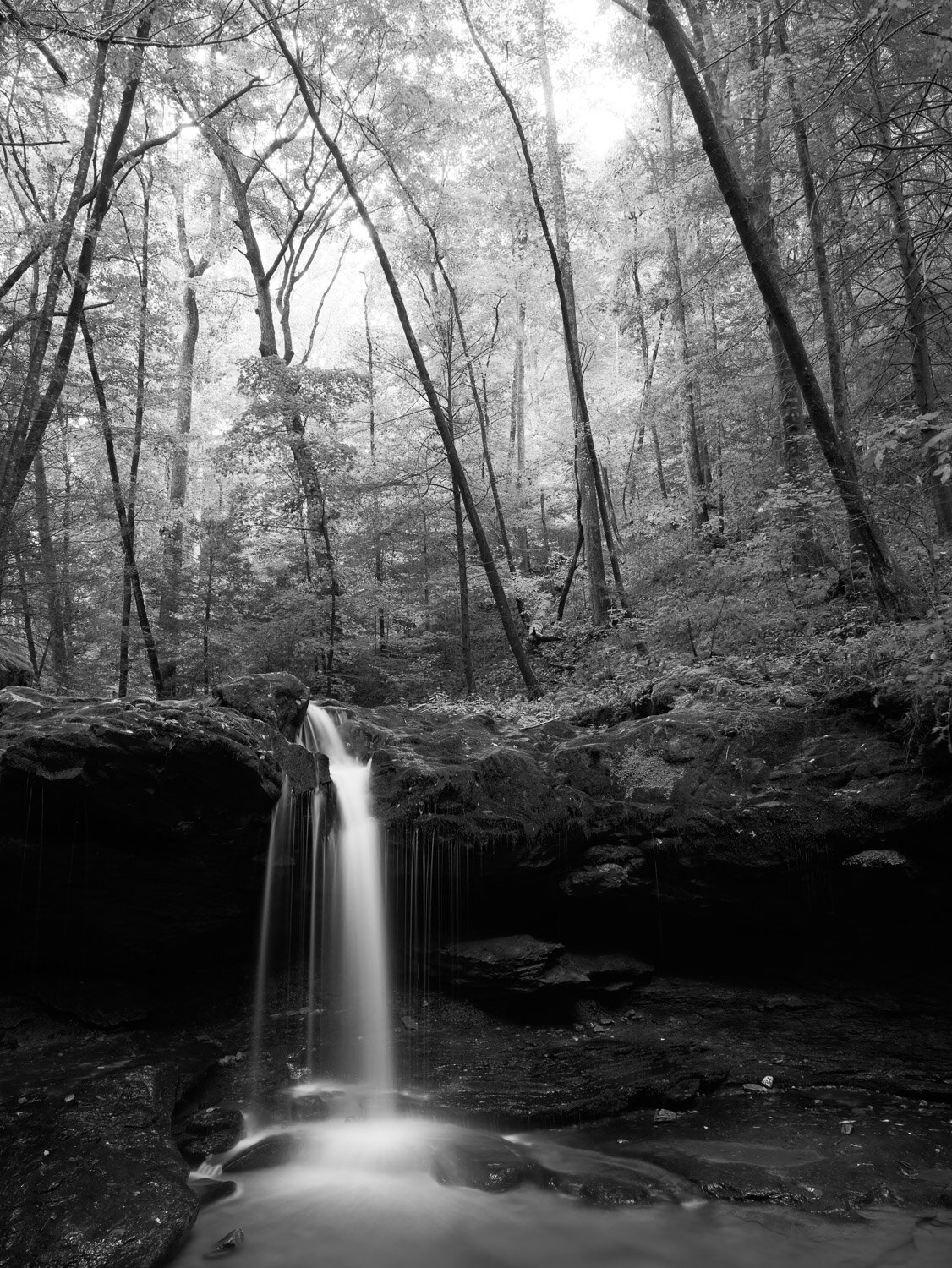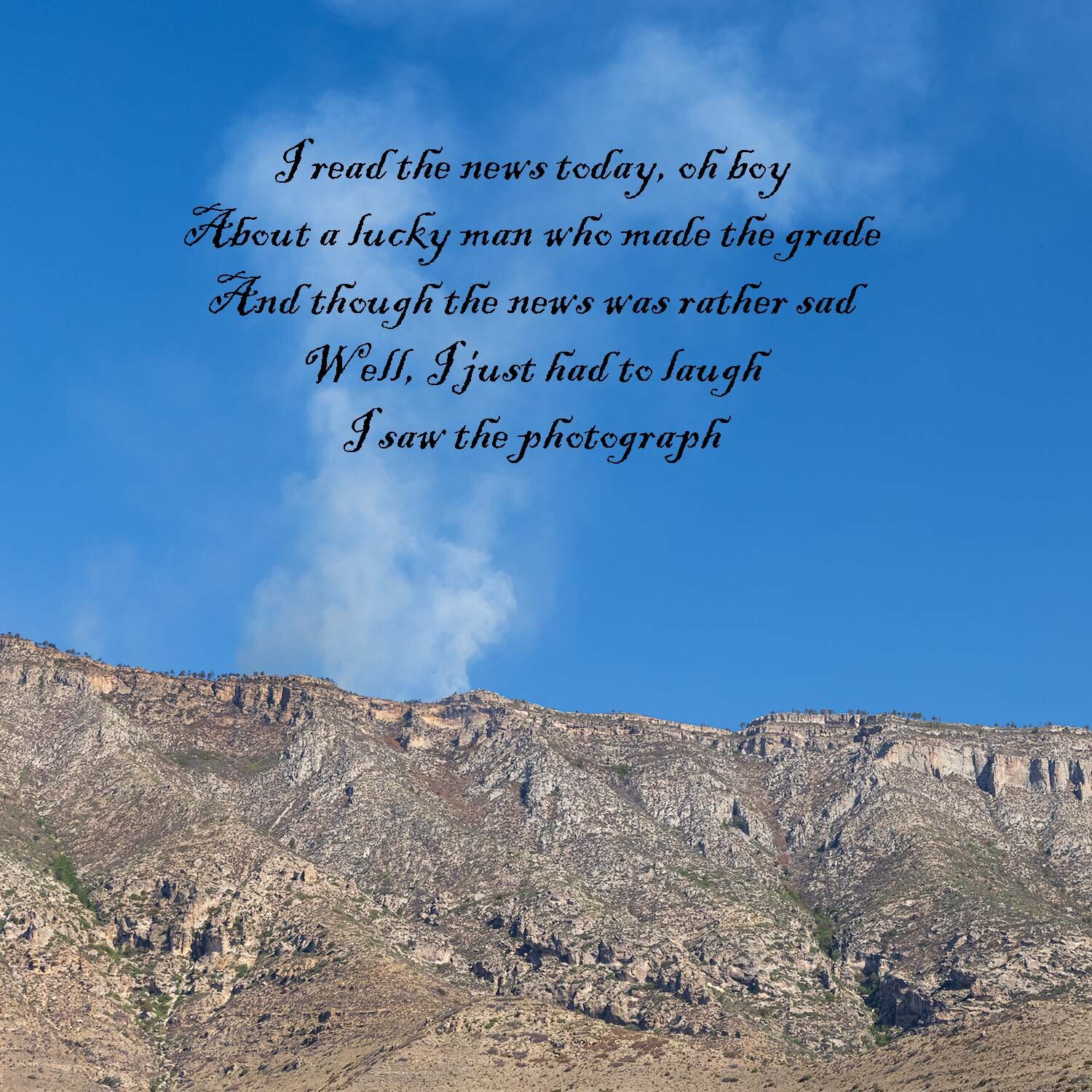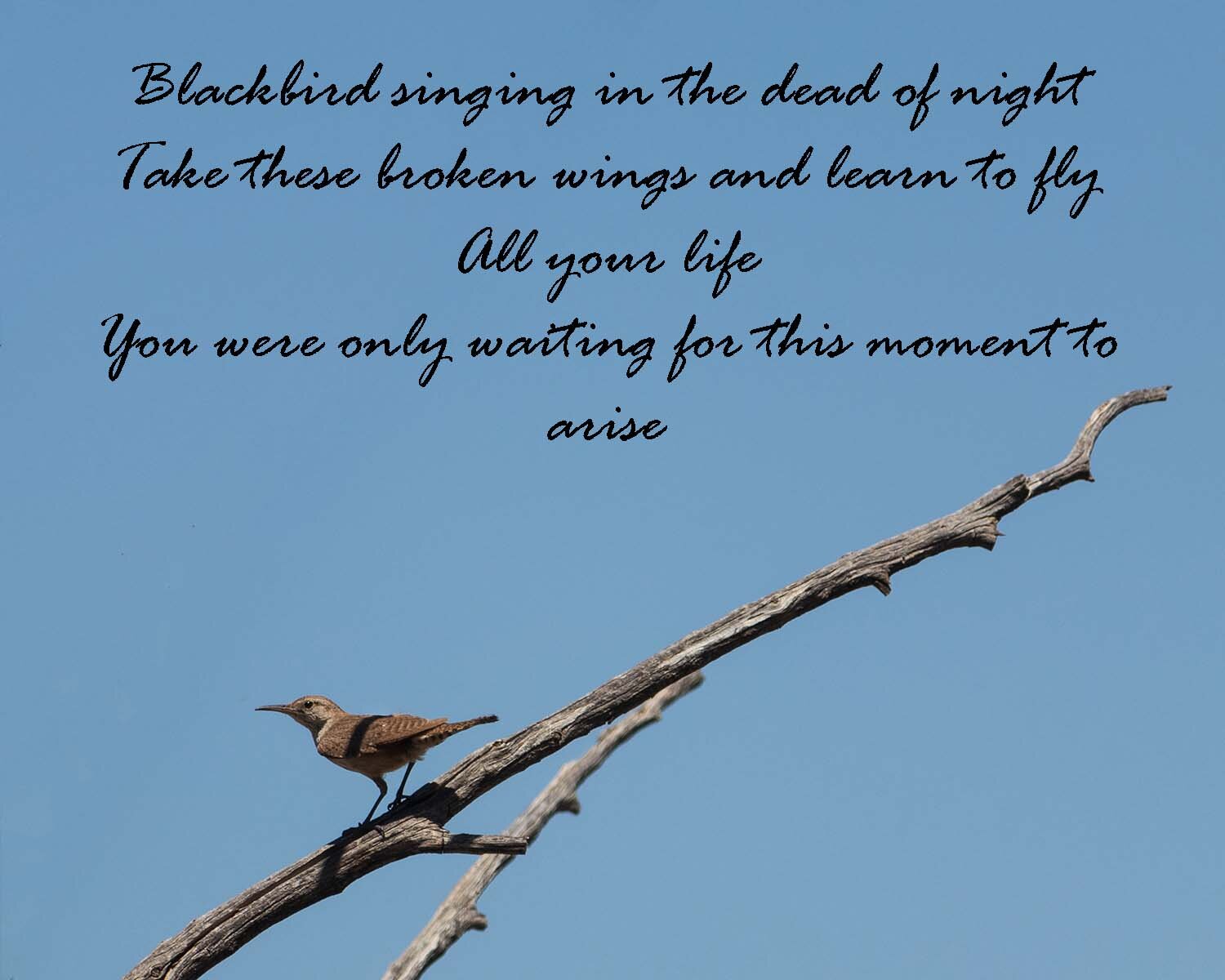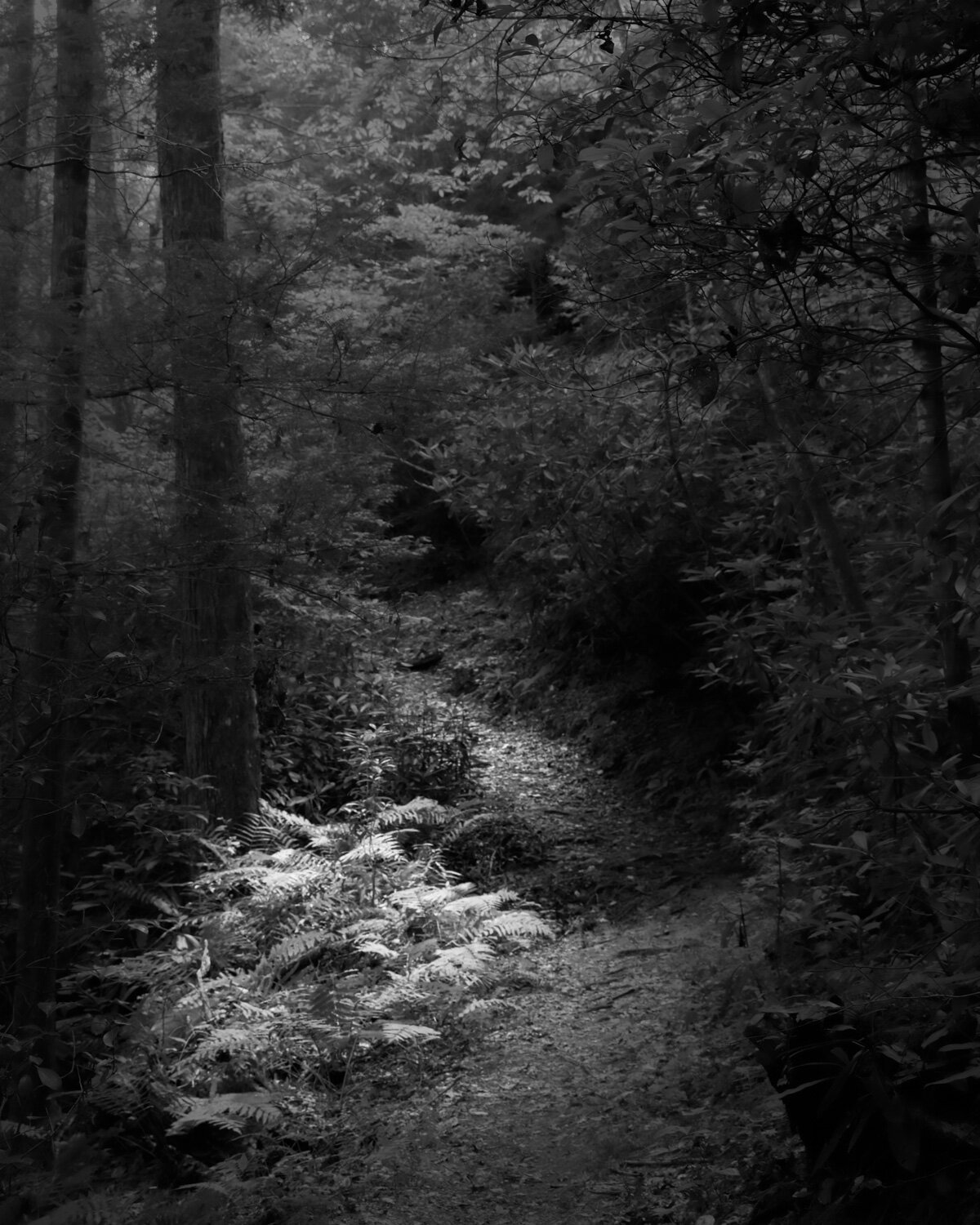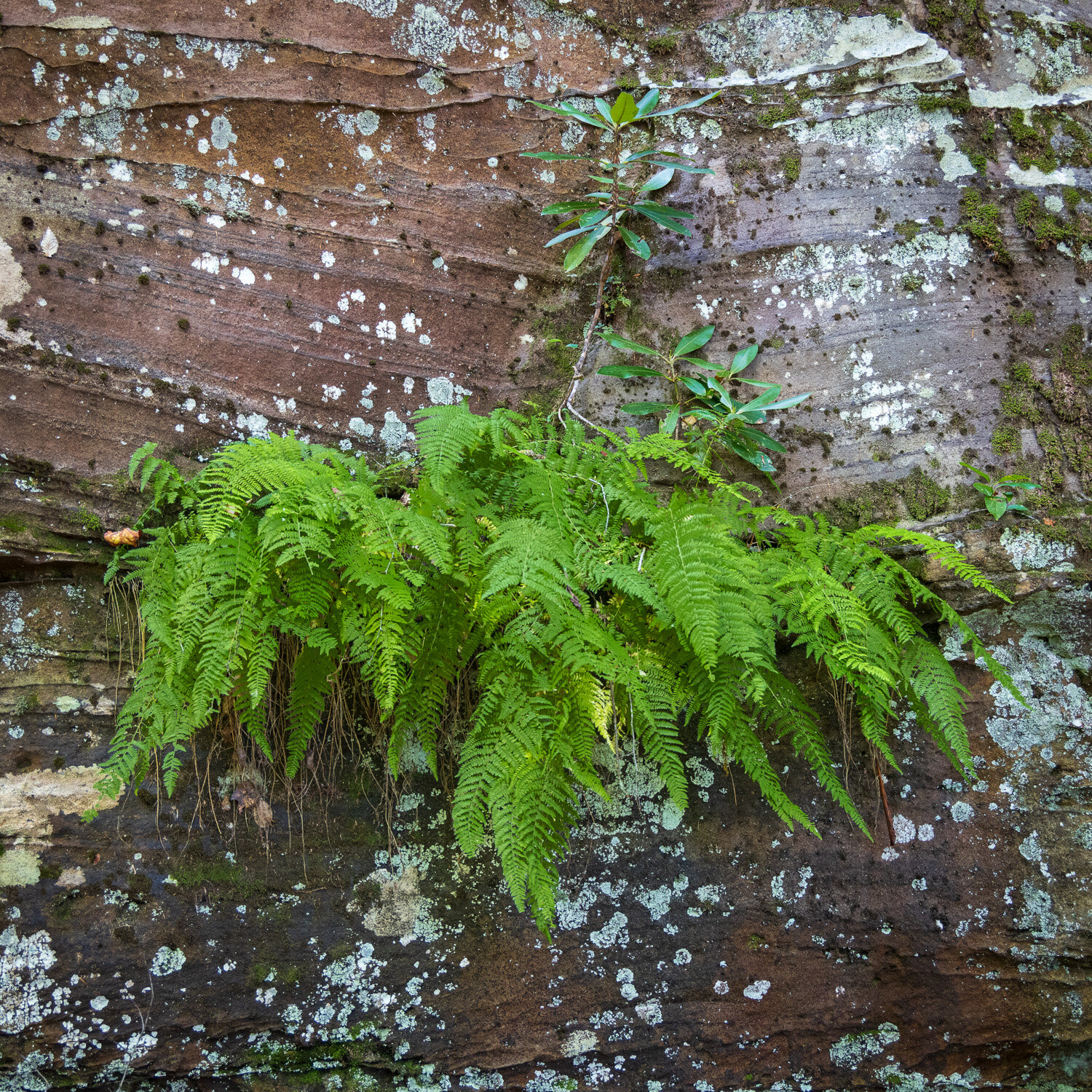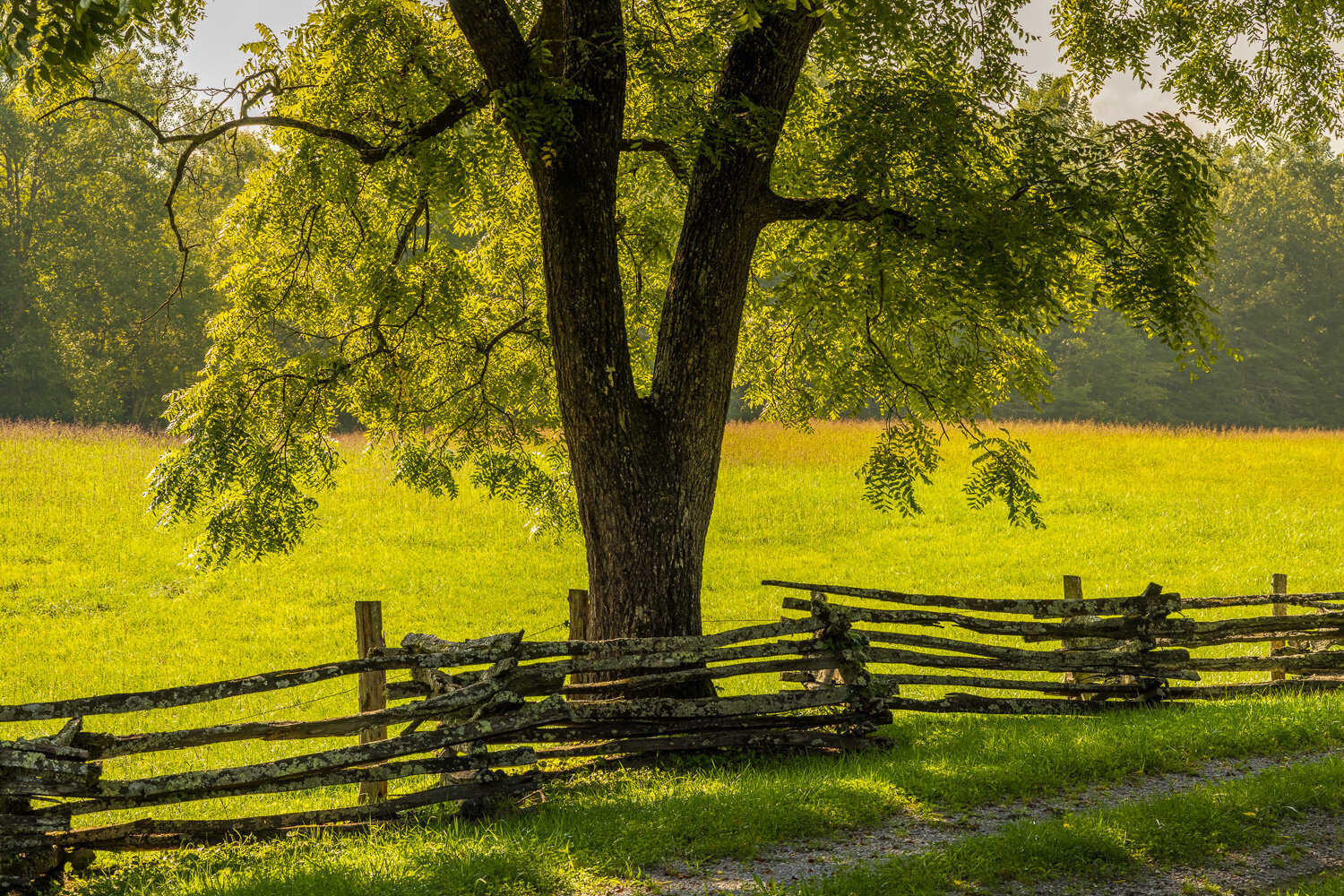Two years ago this week, the rest of my family travelers ventured back home. I stayed on for a few more days in southeast Utah. One of my plans was to hike up the Narrows, which is the top of the main valley canyon in Zion National Park. The Virgin River cuts a narrow canyon through the sandstone until it opens up into the wider valley that is the main destination in this third most visited national park.
This is a very popular hike, with summertime photos showing scores of people walking through the cold water on desert hot days. But midweek on a January morning wrapped in waders and neoprene boots, I was alone in the canyon.
The year before I started law school, I worked as a messenger for a law firm and hiked the canyons in downtown Chicago every day. One of my frequent stops was the MacArthur Foundation which was just getting started after the death of John D. MacArthur a couple years before. One of the first recipients of a MacArthur Foundation Grant was Leslie Marmon Silko of the Laguna Pueblo people. From her poem, Where Mountain Lion Lay Down with Deer:
I climb the black rock mountain
stepping from day to day
silently.
. . . .
. . .
The old ones who remember me are gone
the old songs are all forgotten
and the story of my birth.
. . .
How I swam away
in freezing mountain water
narrow mossy canyon tumbling down
out of the mountain
out of deep canyon stone
down
the memory
spilling out
into the world.
From, Where Mountain Lion Lay Down with Deer, Leslie Marmon Silko
from Long Time Ago
. . . .
At first they all laughed
but this witch said
Okay
go ahead
laugh if you want to
but as I tell the story
it will begin to happen.
. . . .
Then they grow away from the earth
then they grow away from the sun
then they grow away from the plants and animals.
They see no life.
When they look they see only objects.
The world is a dead thing for them
the trees and rivers are not alive.
The deer and the bear are objects.
They see no life.
They fear
they fear the world.
They destroy what they fear.
They fear themselves.
. . . .
From, Long Time Ago, Leslie Marmon Silko






















































